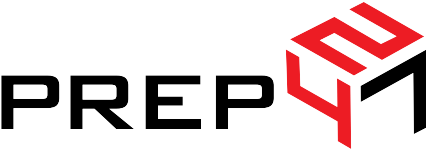As a business owner, ensuring the quality of your products is paramount to maintaining customer satisfaction and loyalty. Quality inspection is an essential aspect of the supply chain process that can help you identify and address potential issues before they reach your customers. In this article, we’ll explore the importance of quality inspection in your supply chain and how it can help you maintain a high level of product quality.
What is Quality Inspection? Quality inspection is the process of examining and testing products to ensure that they meet the required standards of quality. Quality inspection can be performed at various stages of the supply chain process, including before production, during production, and after production.
Why is Quality Inspection Important? Quality inspection is critical for several reasons:
- Ensuring Customer Satisfaction: The primary reason for quality inspection is to ensure that the products meet the required standards of quality and are free from defects. Providing high-quality products to your customers is essential to maintain their satisfaction and loyalty.
- Minimizing Costs: Quality inspection can help minimize costs associated with product defects. Identifying and addressing potential issues early in the supply chain process can help avoid costly recalls, returns, and repairs.
- Compliance with Regulations: Many industries have regulations and standards in place to ensure the safety and quality of products. Quality inspection can help ensure that your products comply with these regulations and standards.
- Protecting Your Reputation: Your brand’s reputation is critical to the success of your business. Providing high-quality products to your customers can help build and maintain a positive reputation.
How to Perform Quality Inspection? Quality inspection can be performed at various stages of the supply chain process. Here are some steps to consider when implementing a quality inspection program:
- Establish Quality Standards: Determine the quality standards that your products must meet and communicate them to your suppliers.
- Define Inspection Criteria: Develop a checklist of criteria to be used during the inspection process. This checklist should include essential elements such as product specifications, packaging, labeling, and functionality.
- Conduct Inspections: Inspect products at various stages of the supply chain process, including before production, during production, and after production. Use the checklist developed in step 2 to ensure that all criteria are met.
- Record Results: Record the results of each inspection and use them to identify trends and areas for improvement.
- Implement Corrective Action: Address any issues identified during the inspection process and take corrective action to prevent similar issues from occurring in the future.
In conclusion, quality inspection is an essential aspect of the supply chain process that can help you maintain a high level of product quality. By implementing a quality inspection program, you can ensure that your products meet the required standards of quality, minimize costs, comply with regulations, and protect your brand’s reputation.
